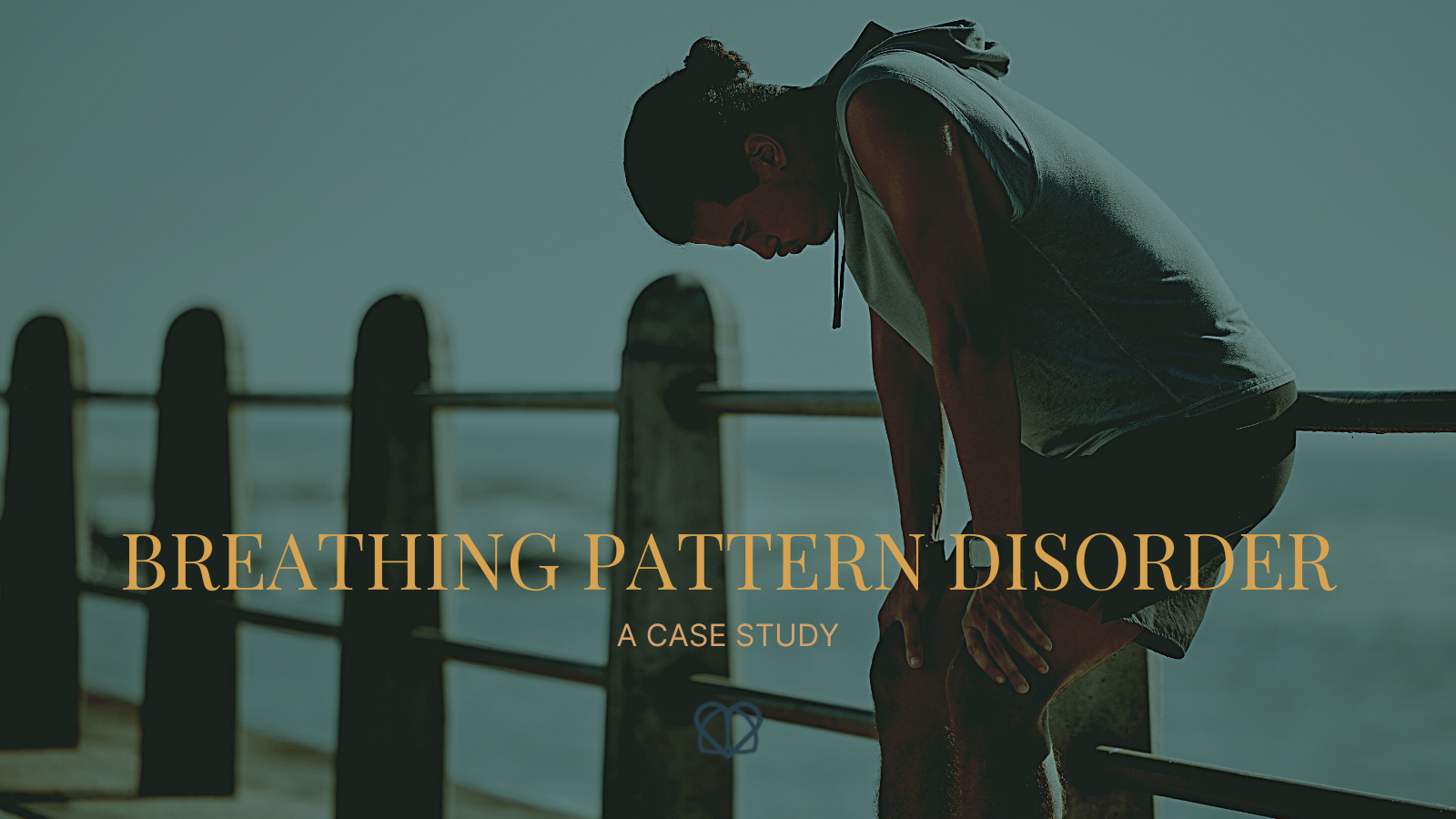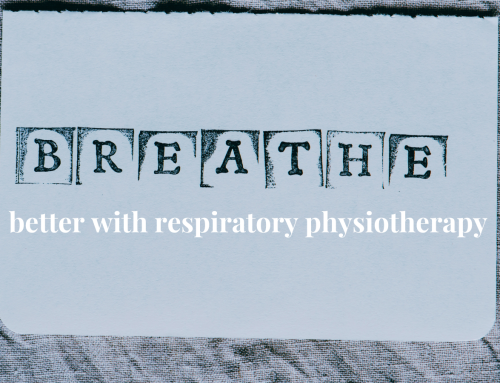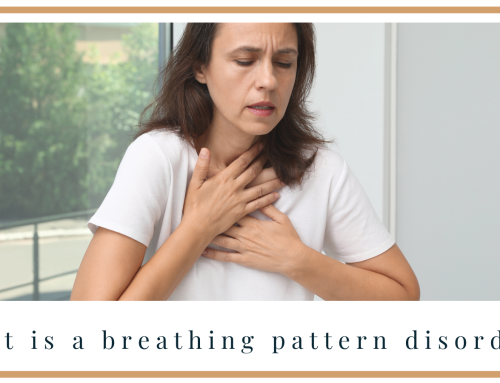Patients who develop breathing pattern disorder can find that even their everyday activities become so curtailed by their symptoms that they are unable to live a life that’s normal for them.
Here’s how we helped Dave…
The patient
Dave is in his mid-thirties, a fit and healthy man who considers himself active and sociable in his everyday life. He enjoyed running as his primary choice of exercise, regularly running 10km and going to the gym or kicking a football around with his mates.
Dave self-referred to us, having found us on our website via Google, after experiencing almost a year of feeling tightness and shortness of breath when he was running. One evening when he was out with friends he ate a large spicy pizza topped with lots of chillis and was suddenly overcome with a sensation of feeling like he was having some kind of allergic reaction: extremely short of breath, tingling, shaking and a rising sense of panic. He took antihistamines, went home and fortunately the symptoms eased.
However Dave found his breathing deteriorated so much following this event that by January 2023 his breathing was so bad he could only comfortably walk 100 yards and had spent almost 2 months in the house, unable to leave. He visited his GP who diagnosed anxiety as the cause, but sent him to a respiratory consultant who conducted all standard tests to check that there was no underlying cause: a chest x-ray, ECG, lung function test, and a chest CT scan – all of which came back clear.
The consultant suggested that he may have developed a breathing pattern disorder and that respiratory physiotherapy would help. He had attempted to self-help by researching breathing exercises that might help but found that nothing was working. He just wanted to be able to exercise again and get his normal quality of life back.
The process
When we first met, Dave’s symptoms were:
- tight chest- nothing would ease the breathlessness, and if he panicked it would become worse
- dizzy and lightheaded
- tingling in his legs and fingers
We began a program of breathing retraining. Dave was breathing through his mouth and from the top part of his chest, and he was breathing quite quickly and over-breathing at rest – as soon as he started doing anything more physical his breathing would become even faster and he would over breathe even more. This meant he was hyperventilating when he was exerting himself, blowing off too much carbon dioxide which can cause tingling in the fingers and feet and a feeling of lightheadedness.
It was essential that he learned how to breathe slowly, practicing optional breathing at rest and then develop this into being able to do the same when exercising.
We saw him 6 times in total between February and May 2023. 4 sessions were virtual sessions and 2 were in-person. We progressed from optimising his breathing when he was completely still, then in an upright but supported position, then seated, then standing and then walking. Our last session on 18th May saw him doing a light run on a treadmill.
Getting the results
What we saw with Dave was a classic case of breathing pattern disorder that became totally debilitating for being able to function normally.
- Dave’s treatment was particularly successful because of how motivated he was to resolve his breathing issues. He told us he was prepared to do whatever was necessary to get back to normal and his dedicated approach to following the guidance reaped huge rewards for him. His case is an excellent example of how being fully invested in following the program can totally transform the quality of your life.
- Breathing pattern disorder isn’t just a physical issue, it can involve a mix of emotional and psychological factors too. In Dave’s case, he began to overthink things too much and would almost talk himself into panicking about his breathing, which would see his shortness of breath spiral out of control. We have now armed him with the tools to be able to recognise when there is a psychological change and take the necessary steps to ensure it doesn’t get out of control
- Being able to understand the full effect of how every aspect of life can affect you so that you can anticipate and deal with issues is key. For example, a very large meal will naturally enlarge your stomach, which sits below your diaphragm and can therefore restrict its ability to fully expand and contract for optimal breathing. Dave felt that eating his carbohydrate and spice-heavy pizza was the catalyst, an episode that he pinpointed as the beginning of the more severe symptoms. He is now aware of how his body may react if he repeats this but will be able to bring his coping mechanisms into play before the symptoms take hold.
What Dave told us…
Dave kindly left us a Google review following his treatment. He said:
“I found air Physiotherapy after being told I had dysfunctional breathing, and not being able to walk more than 10 yards without feeling breathless and dizzy, I had my sessions with Emily who was great and explained everything so that when my symptoms occurred I had the tools to handle them. Would highly recommend these guys to anyone with breathing issues.”





